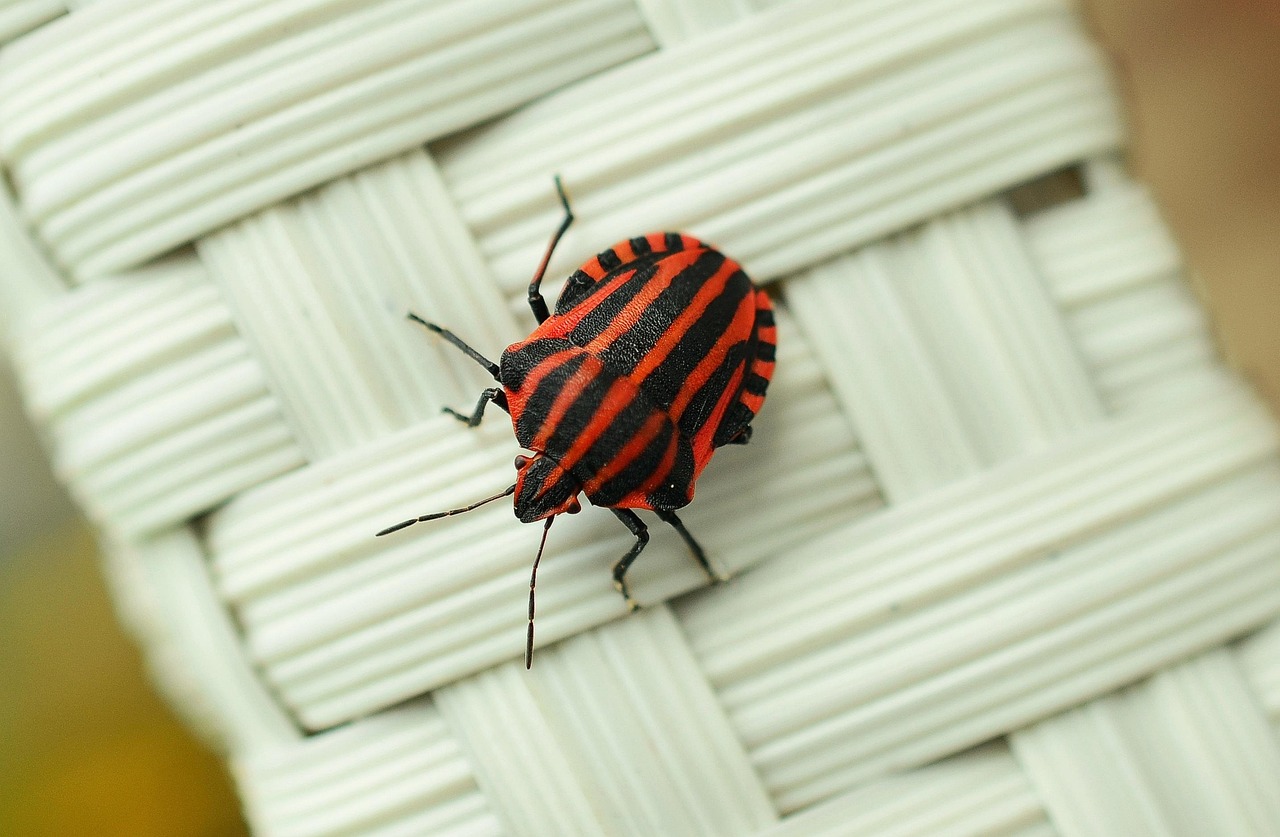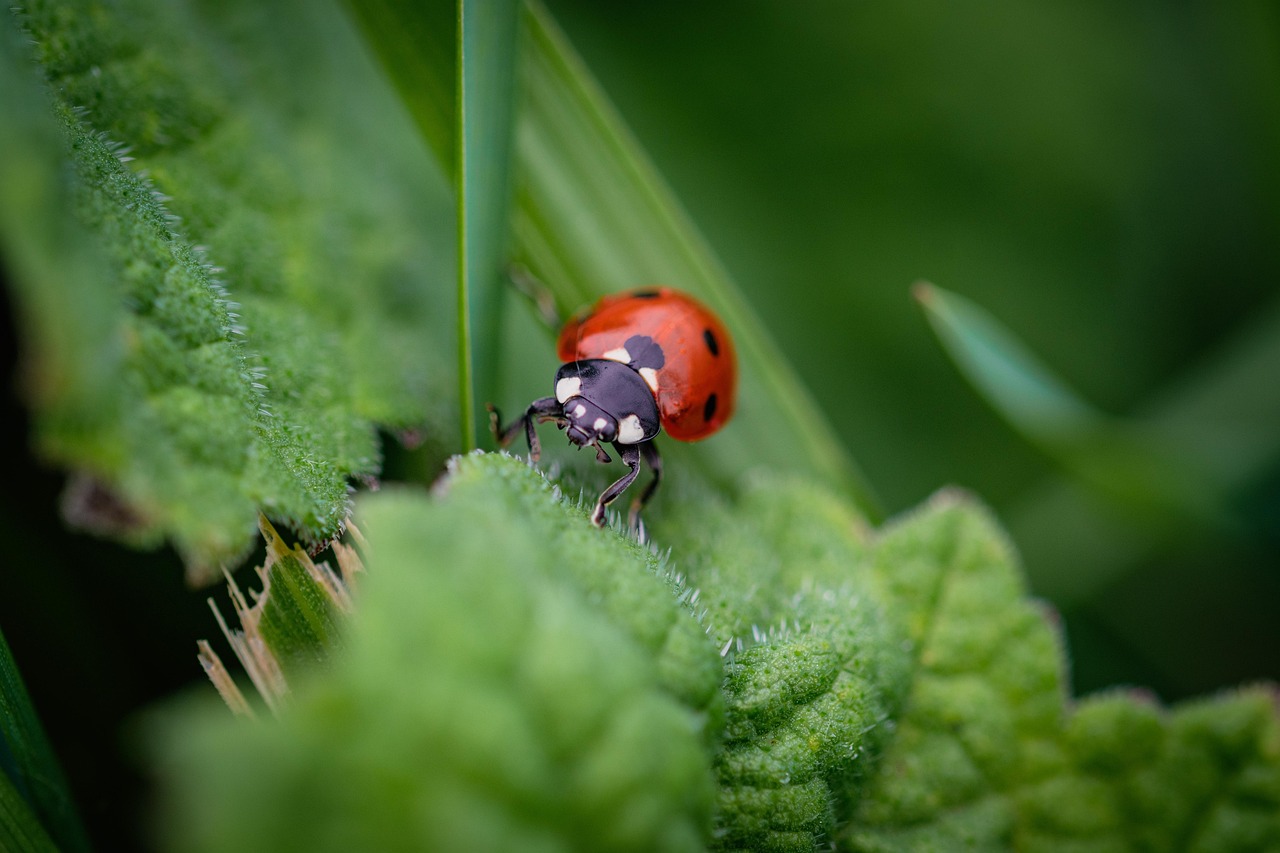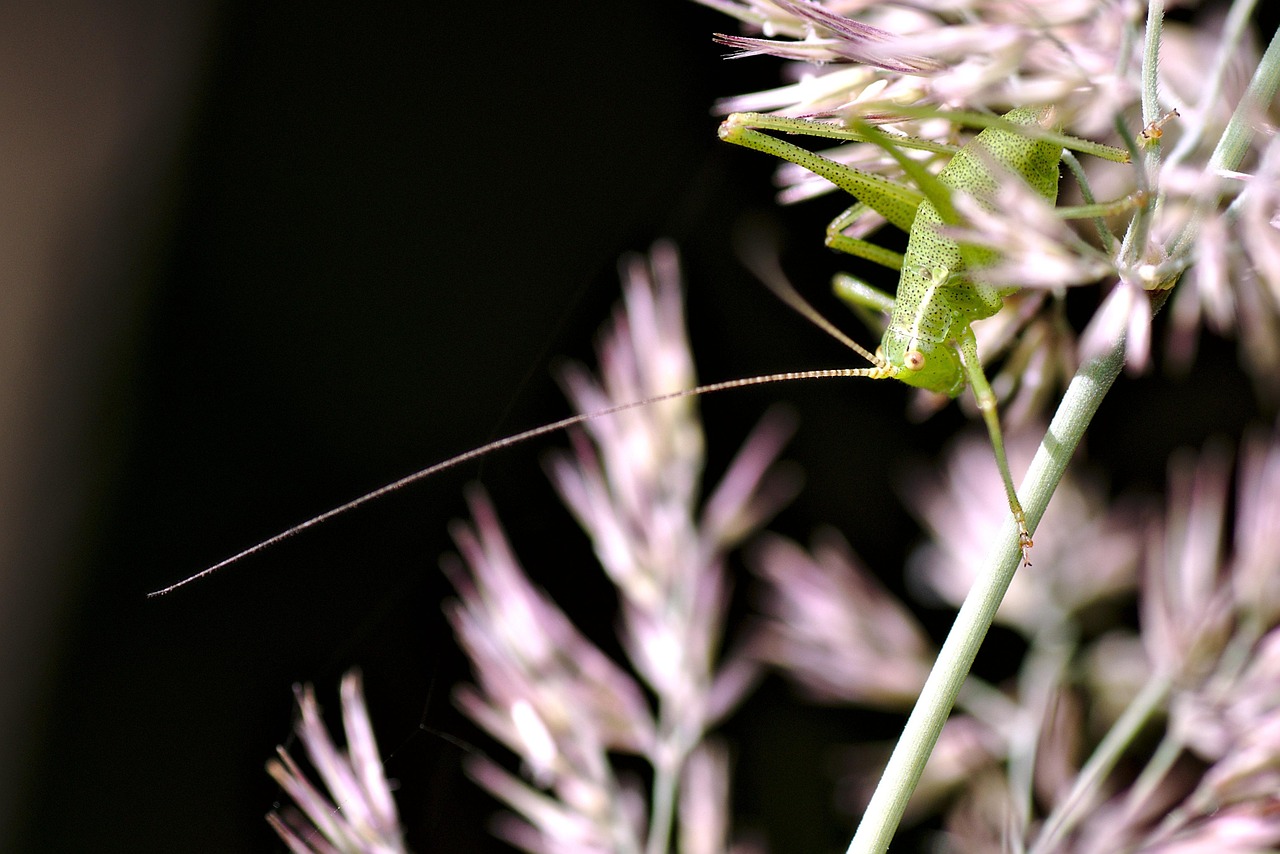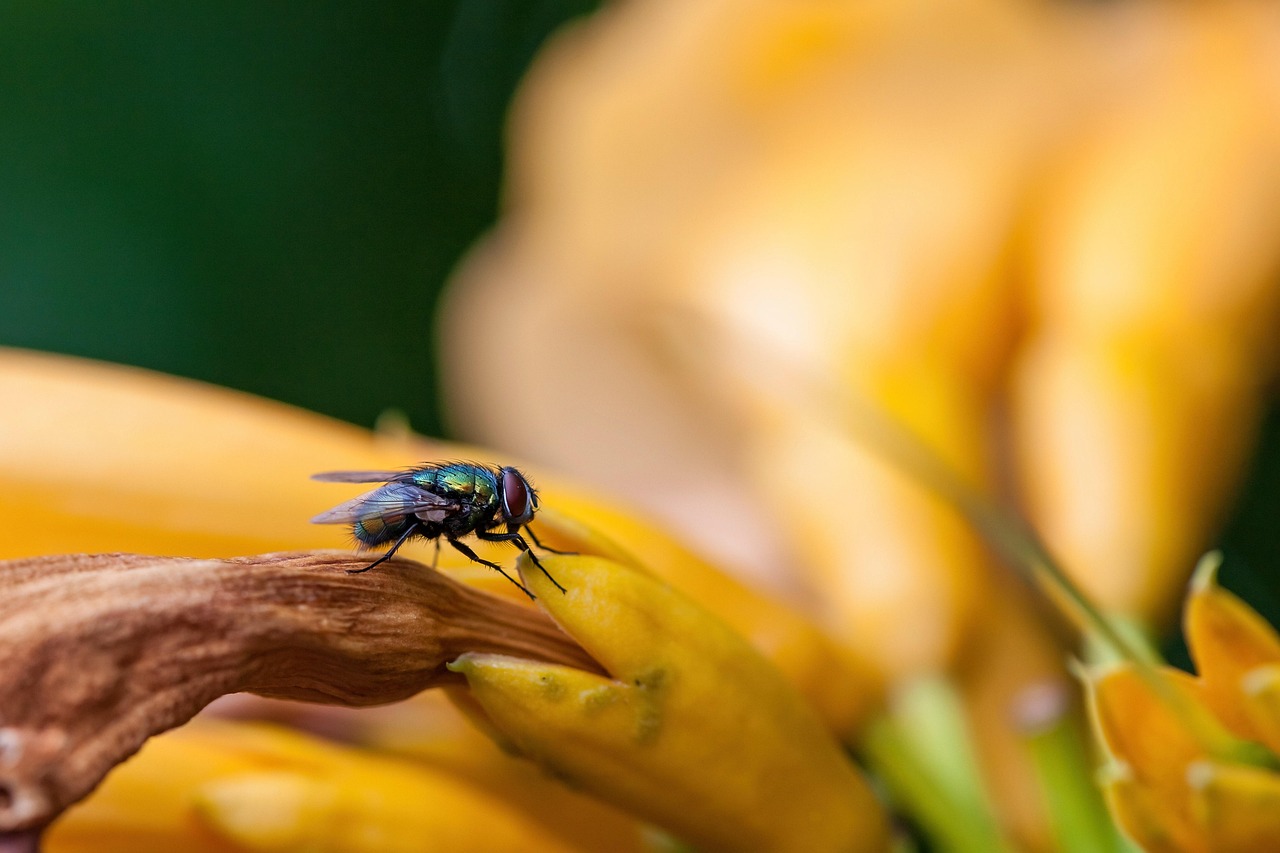Black and orange bugs are not only striking in appearance but also fascinating in their behavior and ecological roles. These vividly colored insects often catch our attention, prompting curiosity about their biology, habits, and significance in the environment. With their bold patterns, they serve as a reminder of nature’s artistry as well as a warning to potential predators about their toxicity.
The colors black and orange are common among various insect species. This color combination often indicates that the insect is either poisonous or unpalatable. For many insects, bright colors serve as a warning signal—a strategy known as aposematism. It is a fascinating survival mechanism that has evolved over millions of years.

Among the diverse world of entomology, several families of insects exhibit these bold colors. The most well-known among them include the true bugs, beetles, and wasps. Each group has unique characteristics that contribute to their ecological niches.
Common Types of Black and Orange Bugs
There are numerous species that flaunt the striking black and orange color scheme. Here are some of the most commonly observed types:
- Ladybugs: These small beetles are easily recognizable by their red or orange bodies with black spots. While many ladybugs are harmless, some can be aggressive.
- Boxelder Bugs: Typically found on boxelder trees, these insects display a distinctive black and orange pattern, making them easily identifiable.
- Milkweed Bugs: Found primarily on milkweed plants, these bugs have a striking orange and black coloration, which warns predators of their toxicity.
- Firebugs: Often seen basking in the sun, firebugs have an elongated shape with bright orange-red markings against a black background.
- Asian Giant Hornet: These hornets are large and intimidating, featuring a dark body with orange markings. They are known for their potent sting.
Each of these insects plays a vital role in their respective ecosystems. For example, ladybugs are known for their appetite for aphids, helping to control pest populations in gardens and crops.
Behavioral Traits and Adaptations
The behavioral traits of black and orange bugs vary widely among species. Many exhibit fascinating adaptations that enhance their survival. For instance, some species can produce chemicals that deter predators or mimic other toxic insects to avoid being eaten.
Defensive Mechanisms
Many black and orange insects employ various defensive strategies. These include:
- Camouflage: Some bugs can blend into their surroundings despite their bright colors, making it difficult for predators to spot them.
- Toxicity: Insects like milkweed bugs accumulate toxins from their food sources, which makes them unpalatable to potential predators.
- Mimicry: Certain species mimic the appearance of more dangerous insects to avoid attacks.
Understanding these behavioral traits helps us appreciate the complexity of insect life. These adaptations not only ensure the survival of individual species but also maintain the balance within their ecosystems.
The Ecological Importance of Black and Orange Bugs

The presence of black and orange bugs is indicative of a healthy ecosystem. They participate in various ecological processes, such as pollination and pest control, contributing to the biodiversity that supports life on Earth. Furthermore, they serve as food sources for many birds and other wildlife, illustrating their role in the food web.
In conclusion, black and orange bugs are more than just visually appealing insects. They embody unique adaptations and behaviors that make them essential players in their ecological communities.
Habitat and Distribution of Black and Orange Bugs

Black and orange bugs can be found in a variety of habitats around the world. Their adaptability allows them to thrive in different environments, from lush forests to urban gardens. Understanding where these insects live can provide insight into their behavior and ecological roles.
Common Habitats
These insects typically inhabit the following environments:
- Forests: Many species are found in temperate and tropical forests, where they can find ample food and shelter.
- Grasslands: Open fields and meadows provide essential resources for reproduction and feeding.
- Urban Areas: Some black and orange bugs have adapted to city life, often seen in parks and gardens.
- Agricultural Lands: Crops and farm fields attract various species, making them important for pest control.
The diversity of habitats allows black and orange bugs to exploit different food sources. For instance, certain species may prefer flowering plants, while others may be found on specific host plants like milkweed or boxelder trees.
Feeding Habits of Black and Orange Bugs
The feeding habits of black and orange bugs vary greatly depending on their species. These insects display a range of diets, which can include:
- Herbivorous Diet: Many black and orange bugs feed on plant tissues, including leaves, stems, and seeds. This diet is common among species like boxelder bugs and milkweed bugs.
- Predatory Behavior: Some species, such as ladybugs, are known for their predatory habits. They primarily feed on aphids and other small insects, making them beneficial for pest management.
- Detritivorous Diet: Certain black and orange bugs feed on decaying organic matter, playing a critical role in nutrient recycling within ecosystems.
Their feeding habits not only contribute to their survival but also affect the plant communities in their habitats. For example, herbivorous bugs can influence plant health and growth patterns through their feeding activities.
Reproductive Behavior and Lifecycle
The reproductive strategies of black and orange bugs can be quite diverse. Understanding their lifecycle provides insight into their population dynamics and ecological impacts.
Lifecycle Stages
The lifecycle of these insects typically consists of three main stages:
- Egg Stage: The female lays eggs on or near a suitable food source. These eggs are often laid in clusters, providing protection from predators.
- Nymph Stage: After hatching, the nymphs emerge. They resemble miniature adults but lack wings. Nymphs feed voraciously to grow, undergoing several molts before reaching maturity.
- Adult Stage: Once fully developed, the adults exhibit vibrant black and orange coloration. They become sexually mature within a few weeks, ready to start the cycle anew.
This lifecycle allows for rapid population growth under favorable conditions. In some cases, black and orange bugs can reproduce multiple times during a single season, leading to significant impacts on their ecosystems.
Threats and Conservation
Despite their adaptability, black and orange bugs face various threats that can impact their populations. Environmental changes, habitat loss, and pesticide use pose challenges to their survival.
Main Threats
- Pesticide Use: The application of chemicals in agriculture can harm beneficial insect populations, including predators like ladybugs.
- Habitat Destruction: Urban development and deforestation lead to the loss of natural habitats essential for these bugs.
- Climate Change: Changes in temperature and weather patterns can disrupt the lifecycle of these insects, affecting their food sources and reproductive success.
Conservation efforts aimed at protecting their habitats and promoting sustainable agricultural practices are crucial for preserving these fascinating insects.

Interactions with Other Species
Black and orange bugs play vital roles in their ecosystems, interacting with various organisms in intricate ways. These interactions can be mutualistic, commensal, or antagonistic, influencing biodiversity and ecosystem stability.
Mutualistic Relationships
Some black and orange bugs engage in mutualistic relationships that benefit both species involved. For instance:
- Ladybugs and Aphids: Ladybugs feed on aphids, which helps control aphid populations. In return, the presence of ladybugs encourages healthy plant growth, benefiting the ecosystem.
- Pollination: Certain black and orange bugs contribute to pollination while feeding on nectar. This activity supports flowering plants and promotes biodiversity.
These relationships highlight the interconnectedness of species within an ecosystem. The presence of black and orange bugs often indicates a balanced environment where multiple species thrive together.
Predatory Interactions
Black and orange bugs also participate in predatory interactions, either as prey or predators themselves. These dynamics are critical for food webs:
- Predators: Insects like ladybugs are natural predators of pests such as aphids. Their feeding habits help maintain the health of plants within their ecosystems.
- Prey: Conversely, black and orange bugs are often preyed upon by birds, spiders, and other insectivores. Their bright coloration serves as a warning signal, indicating potential toxicity or unpalatability.
Unique Characteristics of Black and Orange Bugs
The bold coloration of black and orange bugs serves various purposes beyond mere aesthetics. These characteristics play crucial roles in survival and reproduction.
Coloration and Aposematism
The striking colors of these insects often signal toxicity or unpleasant taste to potential predators. This phenomenon, known as aposematism, is a survival strategy that deters attacks. Additionally:
- Camouflage: Some species may have patterns that help them blend into their surroundings, providing an added layer of protection.
- Seasonal Color Changes: Certain bugs can alter their coloration based on environmental conditions, enhancing their camouflage during different seasons.
This adaptive coloration not only aids in predator avoidance but also plays a role in mate selection, as brighter colors can indicate health and vitality.
Behavioral Traits
The behavior of black and orange bugs can vary significantly among species, influencing their survival strategies. Key behaviors include:
- Aggregation: Many species exhibit gregarious behavior, clustering together in large numbers. This can provide safety in numbers against predators.
- Mating Rituals: Courtship behaviors may involve elaborate displays, including color flashing or wing movements to attract mates.
- Defensive Postures: When threatened, some bugs may adopt specific postures or release foul-smelling chemicals to deter predators.
These behaviors enhance their chances of survival in diverse environments and contribute to their reproductive success.
Human Impact on Black and Orange Bugs
Human activities have a significant impact on black and orange bug populations. Understanding these impacts is essential for developing effective conservation strategies.
Urbanization
The expansion of urban areas often leads to habitat fragmentation, affecting the availability of resources for these insects. As green spaces diminish, the following consequences arise:
- Loss of Food Sources: Reduced plant diversity limits food availability for herbivorous black and orange bugs.
- Pest Control Challenges: The decline of beneficial insects like ladybugs can lead to increased pest populations in urban gardens.
Agricultural Practices
Agricultural practices greatly influence the populations of black and orange bugs. While some methods can be harmful, others can promote their health:
- Pesticide Use: The widespread application of pesticides poses a significant threat to beneficial insect populations.
- Sustainable Farming: Practices such as crop rotation and organic farming can support biodiversity by creating habitats for these insects.
A shift towards more sustainable agricultural practices can help mitigate the negative impacts on black and orange bug populations while promoting ecological balance.
Importance of Public Awareness and Education
Raising public awareness about black and orange bugs is crucial for their conservation and the health of ecosystems. Education can foster a greater understanding of these insects’ roles and the threats they face. Here are some key points to consider:
- Promoting Positive Perception: Many people view insects with fear or disgust. By educating communities about the ecological benefits of black and orange bugs, such as their role in pest control and pollination, we can shift perceptions.
- Encouraging Citizen Science: Engaging the public in monitoring insect populations can help researchers gather valuable data. Programs that involve citizens in data collection can enhance our understanding of these species.
- Advocating for Sustainable Practices: Informing the public about sustainable gardening and farming practices can lead to greater support for initiatives that protect these insects.
Through education and outreach, we can empower individuals to take action that supports biodiversity and encourages the coexistence of humans and beneficial insects.
Potential Research Avenues
Further research on black and orange bugs can open new avenues for understanding their biology, ecology, and conservation needs. Some potential research topics include:
- Effects of Climate Change: Investigating how changing climate conditions affect the distribution, behavior, and lifecycle of black and orange bugs can provide insights into their adaptability.
- Interactions with Other Species: Studying the relationships between black and orange bugs and other organisms can reveal important ecological dynamics.
- Behavioral Studies: Researching specific behaviors, such as mating rituals and feeding habits, can enhance our knowledge of their ecological roles and survival strategies.
Such studies could inform conservation strategies and improve our understanding of the complex interdependencies within ecosystems.
Final Thoughts
Black and orange bugs are not only visually striking but also ecologically significant. Their vibrant colors serve vital functions, including warning potential predators and attracting mates. As important players in their ecosystems, these insects contribute to processes such as pollination and pest control.
Despite facing numerous threats from human activities, such as habitat destruction and pesticide use, there is hope for the future of these insects. Through public awareness, education, and sustainable practices, we can promote their conservation. Encouraging research will further enhance our understanding of their ecological roles and needs.
Ultimately, by appreciating the beauty and importance of black and orange bugs, we can ensure that future generations also experience the richness of biodiversity they represent. Their presence is a testament to nature’s complexity and resilience, reminding us of the interconnectedness of all living organisms.
In summary, black and orange bugs exemplify nature’s artistry and ecological significance. Protecting these insects not only benefits them but also supports a healthier environment for all species, including humans.
